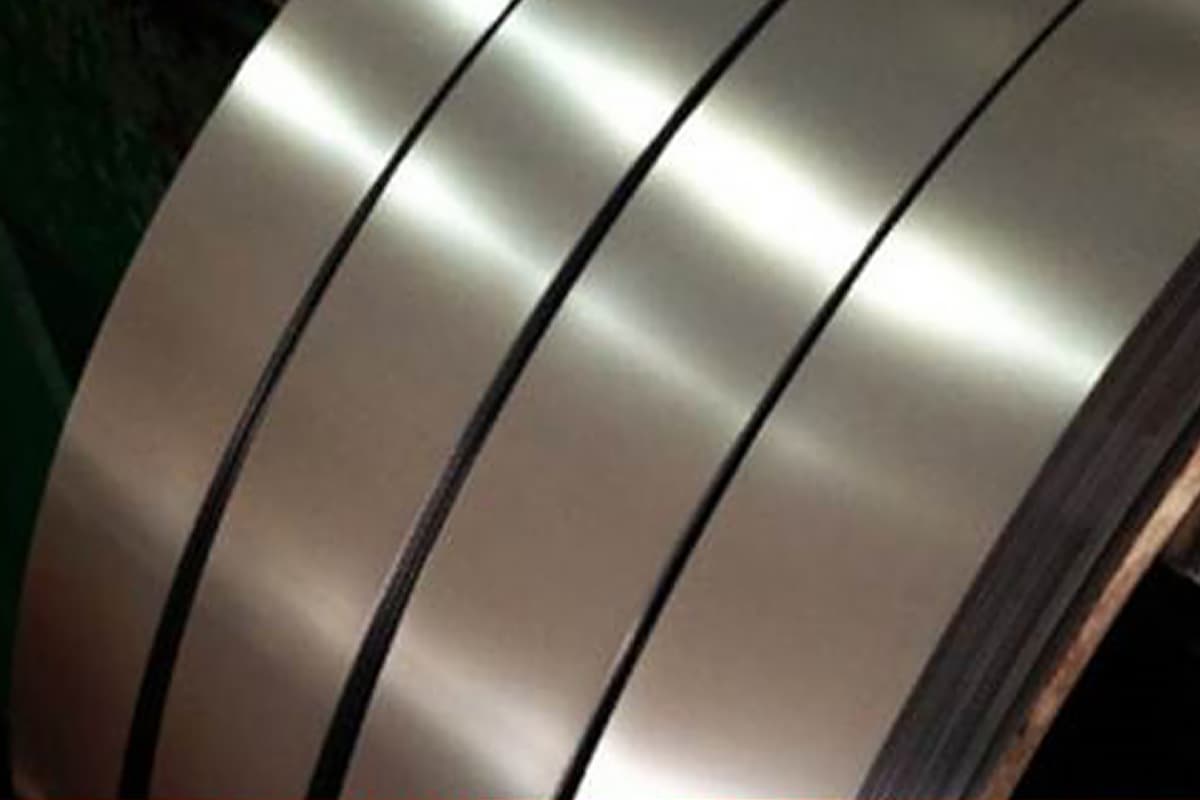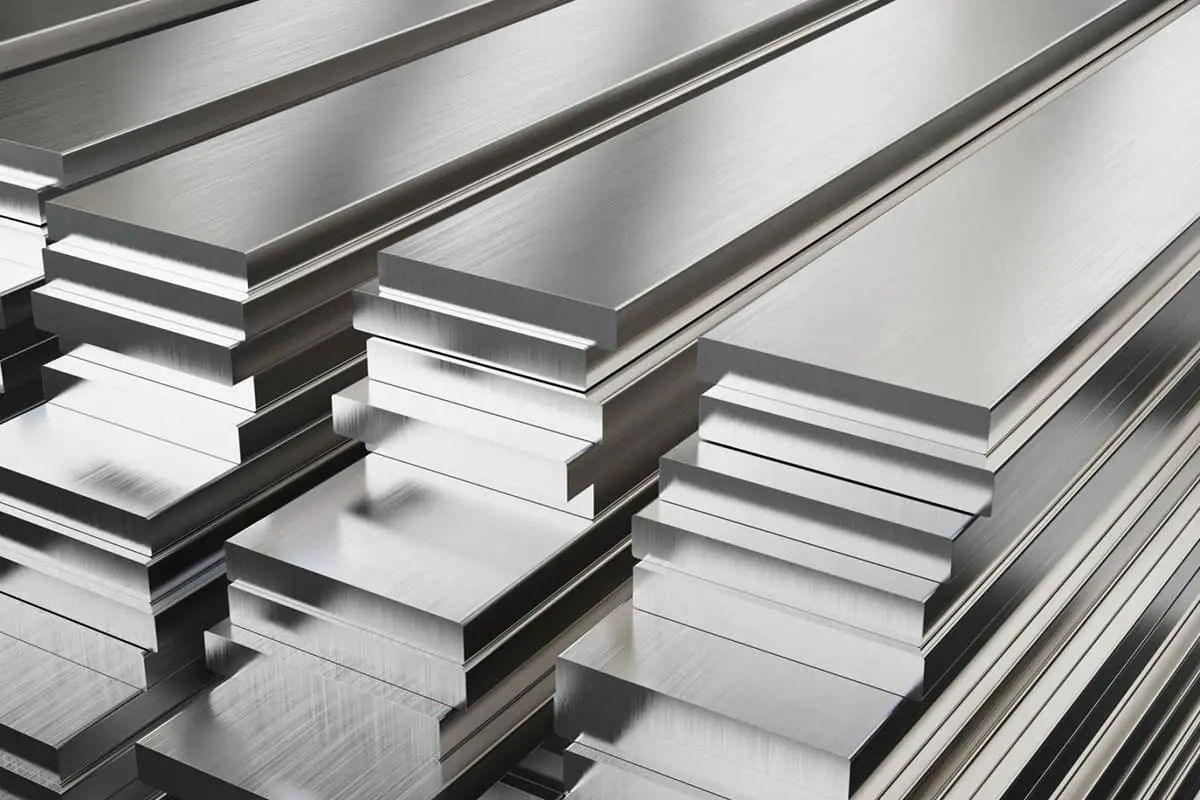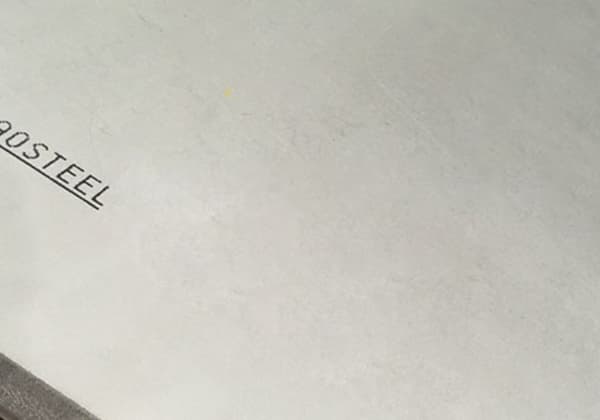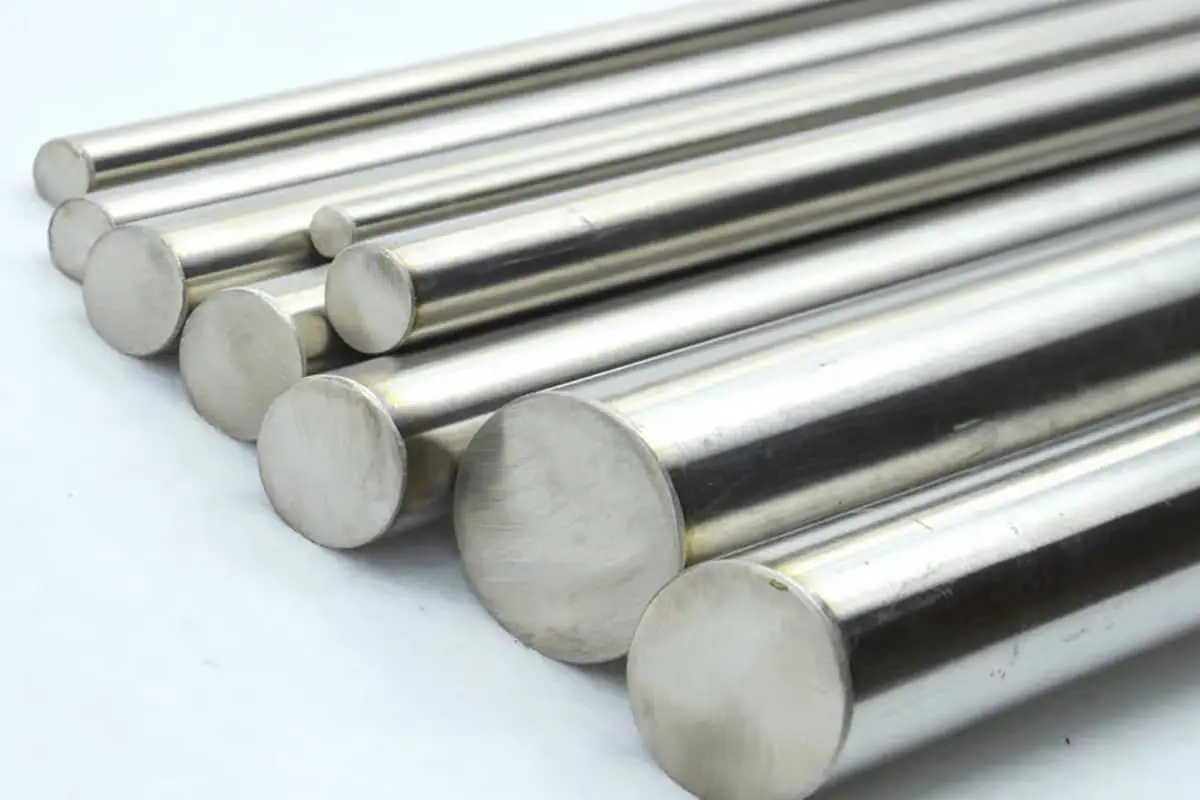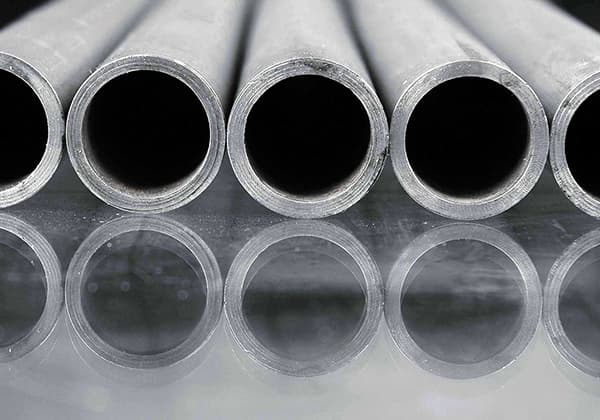
Stainless steel, with its diverse grades and properties, plays a crucial role in shaping our world. In this article, we’ll explore the fascinating world of stainless steel grade numbers, demystifying their complexities and showcasing their real-world applications. Join us on this journey as we uncover the secrets behind these remarkable alloys.
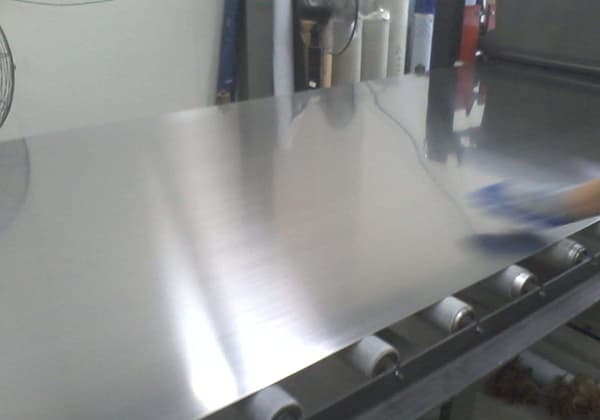
What does a stainless steel grade number signify?
A stainless steel grade number reflects the properties and characteristics of different stainless steel materials. It serves as the “universal language” in the manufacturing, trading, and use of stainless steel materials.
Based on the steel’s structural characteristics, chemical composition, or a combination of both, stainless steel is generally classified into martensitic, ferritic, austenitic, duplex, and precipitation hardening stainless steel, or into chromium and nickel stainless steel.
For instance, the numerical significance of 304 stainless steel and 06Cr19Ni10 stainless steel can be referred to below:
(Note: The stainless steel grade is a classification of steel grades and cannot be understood independently of other steel grades. A comprehensive understanding is necessary for accurate interpretation.)
Related reading: Stainless Steel Grades: The Ultimate Guide
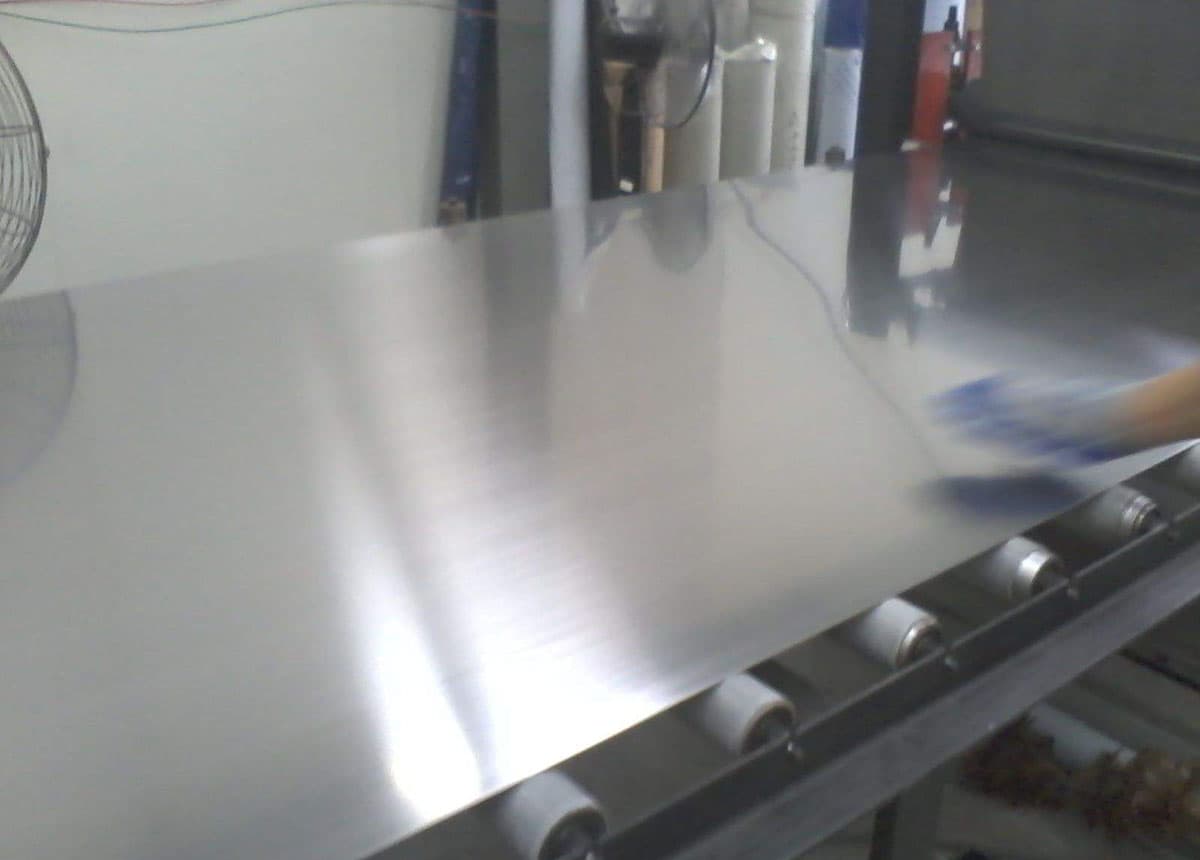
For instance, the “2” in 2Cr13 indicates that the average carbon content of the steel is 2% (i.e. 0.2%).
If the carbon content in the steel is less than or equal to 0.03% or 0.08%, the new national standard steel grades are preceded by “022” and “06,” respectively, such as 022Cr17Ni12Mo2 and 06Cr19Ni10.
(The old national standard steel grades are indicated by “00” and “0,” respectively, such as 00Cr17Ni14Mo2 and 0Cr18Ni9).
(2) Alloy Structural Steel
When the average alloy content is less than 1.5%, the steel grade is usually marked with element symbols instead of the content. However, if there is a possibility of confusion in special circumstances, the number “1” may be added after the element symbols, such as in steel grades “12CrMoV” and “12Cr1MoV.” The former has a chromium content of 0.4-0.6%, while the latter has a chromium content of 0.9-1.2%, with all other components being the same.
When the average content of alloy elements is 1.5% or greater, 22.5% or greater, or 3.5% or greater, the content should be indicated after the element symbol, represented by 2, 3, or 4. For example, 18Cr2Ni4WA.
There are numerous American steel product standards, including:
Here’s the list of various American standards and institutions along with their brief descriptions, organized into a table:
| Standard/Institution | Description |
|---|---|
| ANSI (American National Standards Institute) | A private non-profit organization that oversees the development of voluntary consensus standards for products, services, processes, systems, and personnel in the United States. |
| AISI (American Iron and Steel Institute) | An association of North American steel producers. It’s a major proponent for the development and use of steel in the industry. |
| ASTM (American Society for Testing and Materials) | An international standards organization that develops and publishes voluntary consensus technical standards for a wide range of materials, products, systems, and services. |
| ASME (American Society of Mechanical Engineers) | A professional association that, in addition to other activities, promotes the art, science, and practice of multidisciplinary engineering and allied sciences around the globe. |
| AMS (Aerospace Material Specification) | Developed by SAE, these are the most commonly used material specifications in the American aviation industry. |
| API (American Petroleum Institute) | A trade association that represents all aspects of America’s oil and natural gas industry. They develop standards for petroleum and petrochemical equipment. |
| AWS (American Welding Society) | A nonprofit organization that develops and publishes standards for welding and joining of materials in the United States. |
| SAE (Society of Automotive Engineers) | A U.S.-based, globally active professional association and standards developing organization for engineering professionals in various industries. |
| ML (American Military Standard) | Standards used by the United States Department of Defense. |
| QQ (US Federal Government Standards) | Standards developed and used by the United States Federal Government. |
This article below only focuses on the widely used ANS, which refers to ASTM, SAE, and AISI standards.
In the ASTM, SAE, and AISI standards, the designation of carbon steel and alloy steel is generally similar, with four Arabic numerals and letters added in the middle or at the end. For instance, 1005, 94B15, 3140, etc. The first two digits of the four numerals indicate the type of steel and its main alloy element content, while the last two digits indicate the average carbon content of the steel, expressed in tens of thousands.
| Category Number(s) | Steel Type |
|---|---|
| 1 | Carbon Steel |
| 2 | Nickel Steel |
| 3 | Nickel Chromium Steel |
| 4 | Molybdenum Steel |
| 5 | Chromium Steel |
| 61 | Chromium Vanadium Steel |
| 8 | Low Nickel Chromium Steel |
| 92 | Silicon Manganese Steel |
| 93, 94, 97, 98 | Chromium Nickel Molybdenum Steel |
| Steel Type | Second Digit | Meaning |
| Carbon Steel | 0 | General carbon steel |
| 1 | Free cutting steel | |
| 3 | Manganese structural steel | |
| Molybdenum Steel | 1 | Chromium molybdenum steel |
| 3, 7 | Nickel Chromium molybdenum steel | |
| 6, 8 | Nickel molybdenum steel | |
| 0, 4, 5 | Molybdenum steel with different Mo content | |
| Nickel and Nickel Chromium Steel | – | Average nickel content is expressed as a percentage |
| Chromium Steel | 0 | Low chromium content |
| 1 | High chromium content | |
| Low Nickel Chromium Steel | 6 | Molybdenum content 0.15-0.25 |
| 7 | Molybdenum content 0.2-0.3 | |
| 8 | Molybdenum content 0.3-0.4 | |
| 1 | Molybdenum content 0.08-0.15 |
| Description | Representation | Meaning |
|---|---|---|
| Average Carbon Content | Third and Fourth Digits | Represents the average carbon content, expressed in tens of thousands (e.g., 45 means 0.45%). |
| Special Steel Types | Insertion of ‘B’ or ‘L’ | ‘B’ indicates Boron Steel; ‘L’ indicates Lead Steel. |
| Hardenability Requirement | Addition of ‘H’ at the end | Indicates steel grade with specific requirements for hardenability. |
| Steel Grade Prefix | Prefix ‘M’ or ‘MT’ | ‘M’ denotes Mechanical Grade; ‘MT’ denotes Mechanical Pipe. |
For instance, the AIS standard numbering system is primarily used for designating stainless and heat-resistant steels, such as S31,803, 321, 321H, etc.
The grade of the steel is made up of three Arabic numerals, with the first digit representing the steel category. The second and third digits denote the sequence number. The steel categories are as follows: 1 – Precipitation hardening stainless steel 2 – Cr-M-Ni-N austenitic steel 3 – CrNi austenitic steel 4 – High chromium martensite and low carbon high chromium ferrite steel 5 – Low carbon martensite steel
For example, S31,803 is a medium alloy duplex stainless steel that is coded according to the UNS coding system. It is equivalent to the Chinese standard 00Cr22Ni5Mo3N stainless steel (GBT24,511-2017 stainless steel material grade standard). This steel has a narrow range of Cr, MO, and N elements, making it easier to achieve phase balance (i.e., both phases make up about half of each other), which improves the strength, corrosion resistance, and welding performance of the steel. It is mostly used for materials that require high performance and need to be welded, such as oil and gas pipelines.
321 is a stainless steel standard of the American Iron and Steel Institute, equivalent to 1Cr18Ni9T stainless steel in China. Meanwhile, 321H is a steel grade that has the letter “H” added after 321, indicating that it has certain requirements for hardenability.


